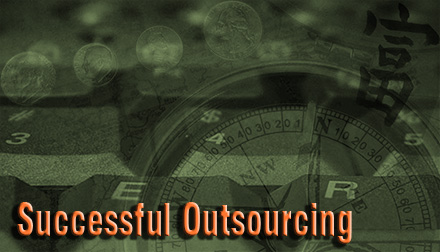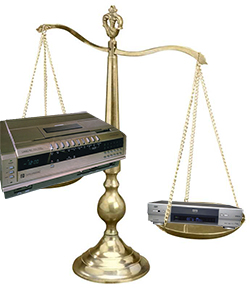Scientific American has an interview with Xerox’s Palo Alto Research Center (PARC) research fellow David Biegelsen who has been at the lab since the beginning. It is a really interesting look back 40 years at “The Office of The Future”. If you are unfamiliar with PARC (as I was) from the article:
Xerox established its Palo Alto Research Center (better known as Xerox PARC) in June 1970 as a West Coast extension of its research and development laboratories. PARC researchers proved wildly successful in pioneering many contemporary business technologies—the PC (the first was called the “Alto”), graphical user interface (GUI), Ethernet local area computer network (LAN) and laser printing, to name just a few. Xerox, however, was considerably less successful (and less interested) in commercializing much of PARC’s technology itself, leaving the door open for Apple, IBM, Microsoft and others to capitalize on PARC’s innovations.
This is a good reminder for me that being right is not enough. These folks were ahead of the curve by a long shot and, they were on target about how and what technologies would develop and become useful. (Image for a moment having email a regular part of your day in 1970). The thing is that a lot of areas had to catch up before they could capitalize on it.
About 10 years ago, I remember speaking to a vertical market analyst who told me that most of the time, companies when pursuing vertical markets over-estimate short term results and under-estimate long term results. That rings true here as well. Having a clear vision of what the future holds may mean that you have to keep pressing for a very long time before you will really see the fruits of your labor pay off. Just because you are not seeing the results over night, it doesn’t mean your vision is wrong.


